About Chemotherapy
Surgery and radiation therapy are very effective at controlling cancers that have not spread beyond their site of origin. But the toughest challenge in the fight against cancer is to destroy tumor cells that have strayed to other parts of the body.
Oncologists use systemic (system-wide) therapy, which travels throughout the entire body via the bloodstream, to keep these rogue cancer cells in check. There are two main kinds of systemic therapy: chemotherapy and hormone therapy. Chemotherapy involves the use of toxic drugs to kill tumor cells. (Hormone therapy blocks hormones that fuel the growth of certain cancers.)
Normal cells grow and divide in a controlled way; but when cancer develops, cells begin to divide rapidly, without control. Chemotherapy drugs, commonly referred to as anticancer drugs, are designed to kill or disable rapidly dividing cells. Many of these drugs act on human cells much like some antibiotics act on bacteria: They prevent the replication of DNA, a critical step in cell division, thereby preventing the cells from multiplying. Other anticancer drugs interfere with enzymes produced by tumor cells that help them to grow. The most effective treatment involvestwo or more anticancer agents to tackle unrestrained cell division from several angles. This is called combination chemotherapy.
Adjuvant means “in addition to,” and in cancer treatment it refers to treatments used in addition to the primary treatments of surgery and radiation. Chemotherapy is usually an adjuvant therapy. Sometimes, however, it is used to shrink a tumor before surgery or radiation therapy and makes it easier to remove or destroy the cancerous mass. This is called neoadjuvant chemotherapy. Chemotherapy can also be used to shrink a tumor in order to alleviate symptoms it may be causing, such as back pain.
Many different drugs are currently in use as chemotherapy agents, and new ones are constantly being developed and tested.
Drug delivery and scheduling
Chemotherapy may be administered in a hospital’s outpatient or inpatient department, a doctor’s office, a clinic, or even at home. The choice of location depends on which drugs are used, a patient’s health insurance, and the doctor’s preferences. Most patients receive their treatment in a hospital’s outpatient department, which cares for patients who do not need to stay overnight. Though some anticancer drugs can be taken orally or through an injection, most require intravenous (IV, through a vein) administration.
Chemotherapy is often given in cycles; for example, two weeks of therapy followed by two weeks without therapy, over a period of several months. Cancer cells do not all divide at the same time, and staggering treatments can capture different populations of cells in the midst of growing and dividing, when they are most vulnerable to the chemotherapy drugs. Staggering, or “cycling,” also provides rest periods to give healthy cells a chance to recover.
The schedule on which chemotherapy is administered is based on years of research. Some drugs are given daily; some are given weekly for several months; and some are given once a month for many months. Schedules often differ from patient to patient, as they are tailored to the individual’s circumstances.
Side effects
The disadvantage of chemotherapy is that healthy cells can also be harmed by anticancer drugs, especially those cells that normally divide quickly. These include cells in the hair follicles, bone marrow, and lining of the gastrointestinal tract. The result can be hair loss; depressed red and white blood cell counts, causing anemia and an inability to fight off infections, respectively; and nausea, vomiting and mouth sores. Chemotherapy can also have several neurological side effects, such as fuzzy thinking and difficulty concentrating.
Though chemotherapy can cause these distressing side effects, nowadays treatments are much easier to tolerate. Doctors have a clearer understanding of how the drugs work, and dosages are more precisely calibrated to reduce the side effects. In addition, new anti-nausea medications can prevent nausea and vomiting in many patients and significantly reduce its severity in others. Indeed, the perception of chemotherapy as being “worse than the cancer itself” no longer holds true.
